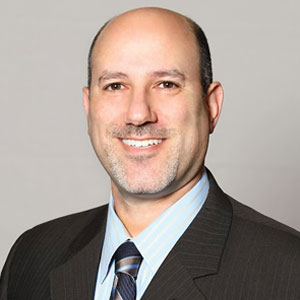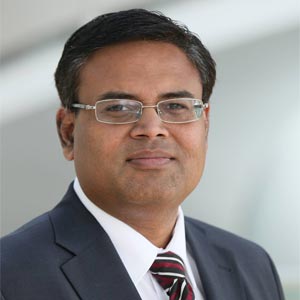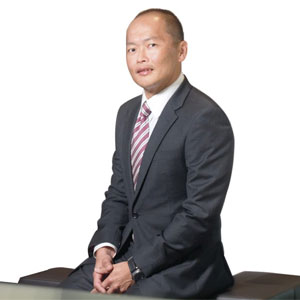THANK YOU FOR SUBSCRIBING
Editor's Pick (1 - 4 of 8)

Precision Medicine and Real-World Data: Don't Let Shiny Objects Distract From the Core Issue of Integration
Adam Nelson, COO, Life Sciences, NTT Data Services


Adam Nelson, COO, Life Sciences, NTT Data Services
The Key Issue Is How To Effectively Integrate Data In A Way That Helps Meets Business Goals
Weekly Brief
I agree We use cookies on this website to enhance your user experience. By clicking any link on this page you are giving your consent for us to set cookies. More info
Read Also













